This website uses cookies so that we can provide you with the best user experience possible. Cookie information is stored in your browser and performs functions such as recognising you when you return to our website and helping our team to understand which sections of the website you find most interesting and useful.
Queen of the wild: a chat with conservationist Victoria Aspinall
By Juliet Herd | 1 November 2021 | Culture, Lifestyle
The animal lover and design guru shares her passion for endangered species as the Aspinall Foundation embarks on its most ambitious animal rewilding project to date
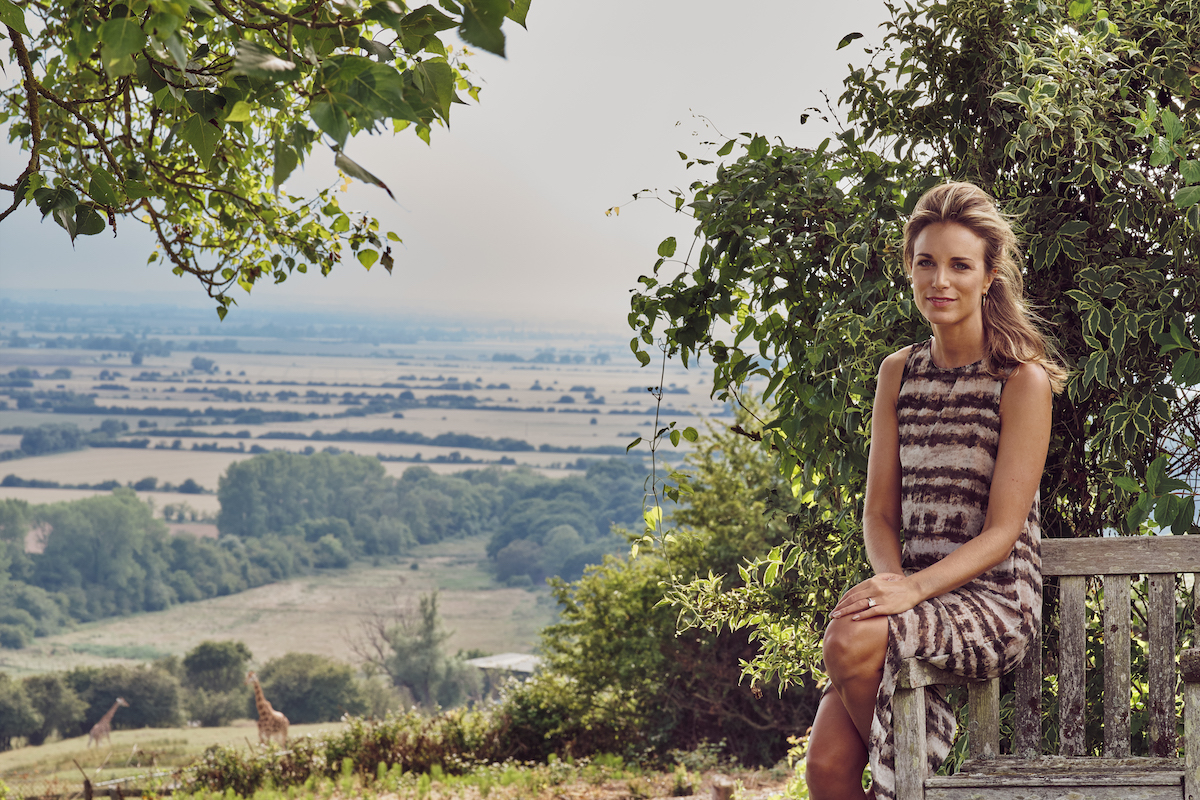
“Not many people can say they have been foster mum to a gorilla, wolf, leopard and lion cub,” says Victoria Aspinall, creative director of British conservation charity the Aspinall Foundation.
It’s not a light boast. For the past six years, she has worked diligently alongside her conservationist husband Damian at the Aspinall family’s two Kent-based wildlife parks – Howletts and Port Lympne – breeding and saving rare and endangered animals. This has involved her getting up close and extremely friendly with all manner of species – from bottle-feeding orphan cheetahs and lion cubs to howling at night with the resident wolves.
“Hanging out with wild animals puts everything into perspective,” says 34-year-old Aspinall (left, at Giraffe Hall, Port Lympne). “It neutralises all the white noise around you and brings you back down to a very grounded earth.
“It’s a totally different interaction [to that with domestic pets],” she continues, “because it’s based purely on earning their trust and you feel very privileged being in their environment. It’s not a quick fix: ‘come and give me a hug’. You have this kind of silent bond.”
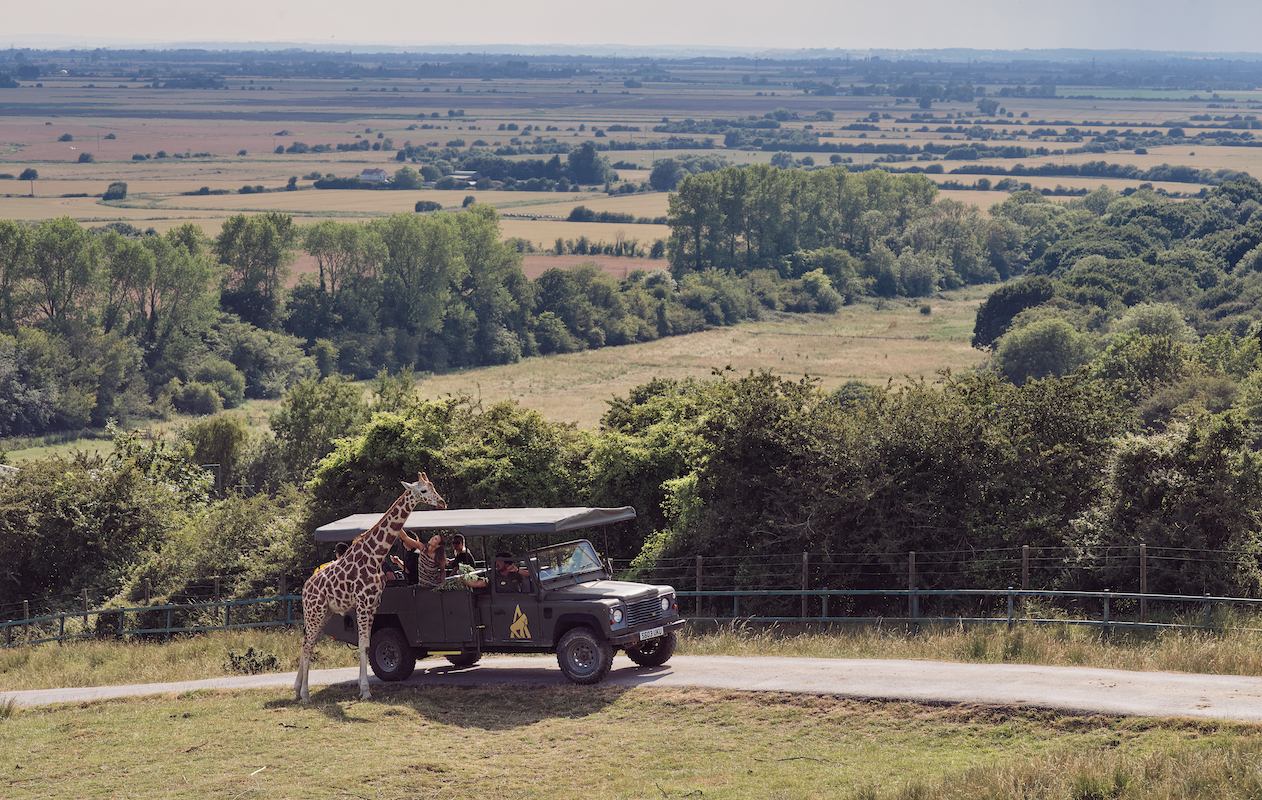
Mucking in at Howletts and Port Lympne, home to more than 1,000 endangered animals, could not be more different to University of Oxford chemistry graduate Aspinall’s previous life as a corporate highflier. It was something of a baptism of fire when she first met Damian, 61, at a London dinner party, as she had no real idea of the work of the foundation, one of the world’s leading organisations dedicated to returning endangered species to the wild. “Probably my first thoughts were negative because I’m very much against the thought of a zoo,” she admits.
Born and bred in rural Lancashire, she quickly realised she and Damian were on the same wavelength, and has since thrown herself into the charity’s ambitious and trailblazing rewilding projects: more than 300 animals, including 80 gorillas, 180 langurs and gibbons, eight black rhinos, four cheetahs and 11 Przewalski horses, have been successfully released into their natural habitats to date. “Our parks are very different from conventional zoos, providing the most natural environment possible for the animals,” she says.
Two years ago, Aspinall quit her job as business strategist for British luxury fashion house Burberry to focus full time on what have become her two inextricably connected passions: interior design and wild animals. In her role as creative director, she oversees all the design, branding and partnerships across both the charity and the two reserves with a focus on sustainability and the environment.
From timber-clad lion lodges and wigwams to glass glamping pods and secluded treehouses, all of the luxury accommodation designed by Aspinall is carefully tailored and unique to the space.
Here, she talks to Tempus about creating immersive conservation hotels; her special bond with Saba and Nairo, the first ever hand-reared cheetahs to be returned to their ancestral homeland of South Africa from the UK; and the charity’s most ambitious rewilding project yet.
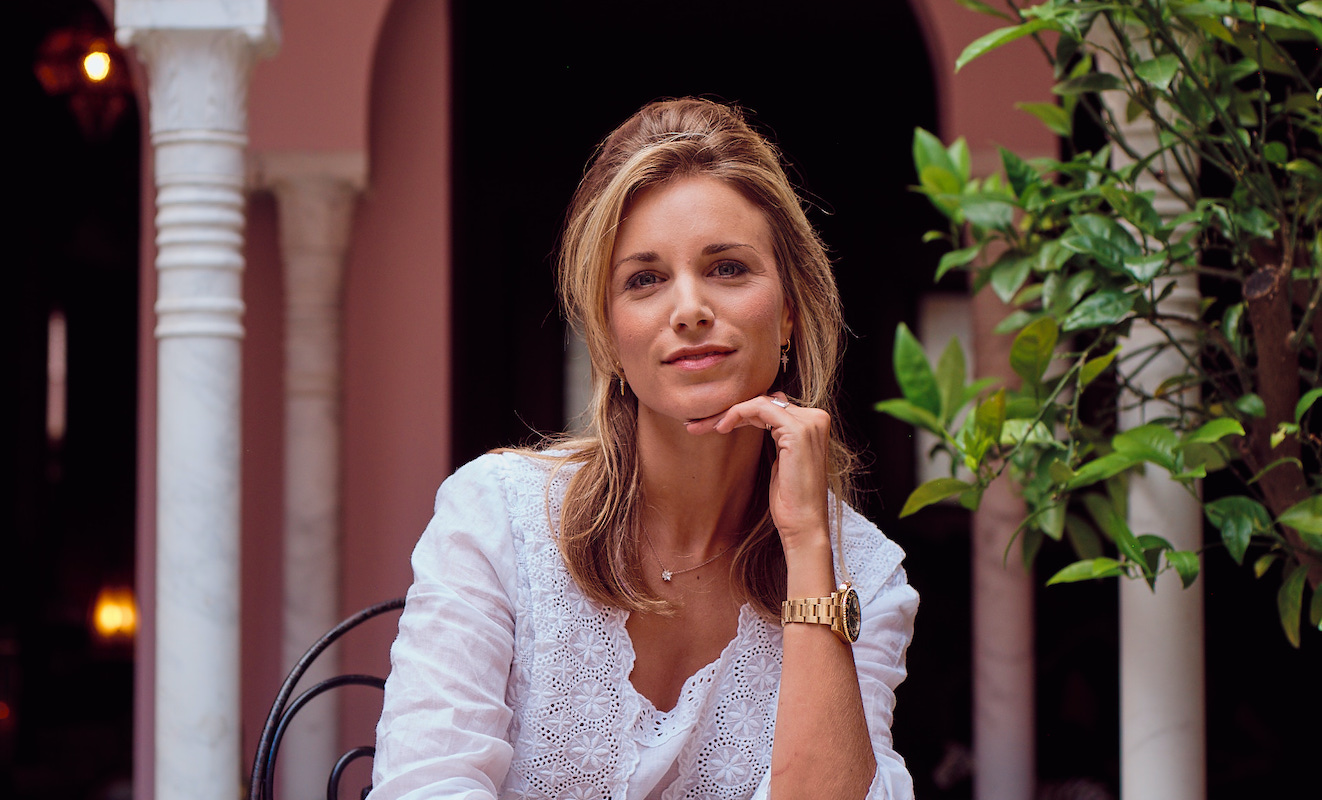
Victoria, tell us about the Aspinall Foundation’s work?
Our commitment is to conservation through captive breeding, education and reintroduction, working in some of the world’s most fragile environments. We fund and manage animal protection schemes in Congo, Gabon, Java and Madagascar.
What’s the ethos underpinning visitor accommodation at the parks?
Because we are a foundation, all the profits go straight back to the animals. At the lion lodges, the lions come up to the windows – the glass is very thick! Nobody can say it’s okay to see an animal through bars. Here, you can see them in their own time. We are on a mission to persuade people to move away from the current zoo model and only breed what you can release.
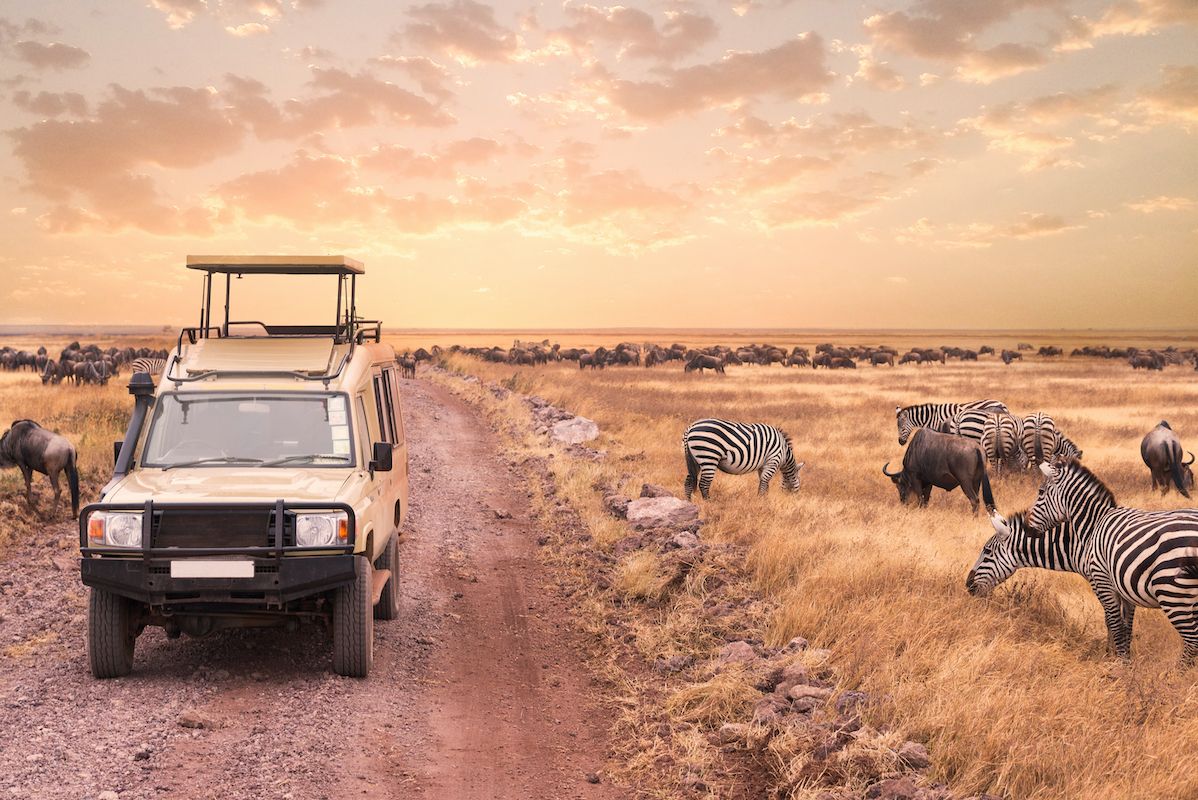
What are the latest additions?
We’ve built five romantic shepherd’s huts at Leopard Creek [Port Lympne] with wood burners, en suite bathrooms and kitchenettes. I wanted to inject a sense of playfulness with lotsofboldcosycolours,whimsicalLewis& Wood fabrics and a nod to nautical with brass shelllampsandropebannisters.Myfavourite design element in the couples’ ‘cub’ cabins has to be the oversized skylight directly above the bed – perfect for stargazing. Damian and I have also designed two fabulous 8m tall wigwams, timber clad with glass ceilings, with 180-degree safari views and a floating fireplace. They were a bit of a challenge as no one has ever built anything like them.
The next project will be renovating the main hotel, Port Lympne manor house, which used to be Sir Philip Sassoon’s Grade II-listed country estate. I am also working on Giraffe Hall, a ten-bedroom boutique hotel, where our resident herd of Rothschild giraffes roam the garden and guests can feed them from their bedroom window.
You plan to fly a herd of 13 African elephants from Howletts to Kenya in a ‘world first’ rewilding project.
The logistics are hugely complex and the risks are many, but we consider them worth it to return our cherished herd to the wild, where they belong. We are very much in the initial stages but preparation for the move has begun. The translocation itself won’t happen until next year. The crate-training process alone – ensuring the elephants are comfortable entering and being in their custom- built crates – will take three to six months.
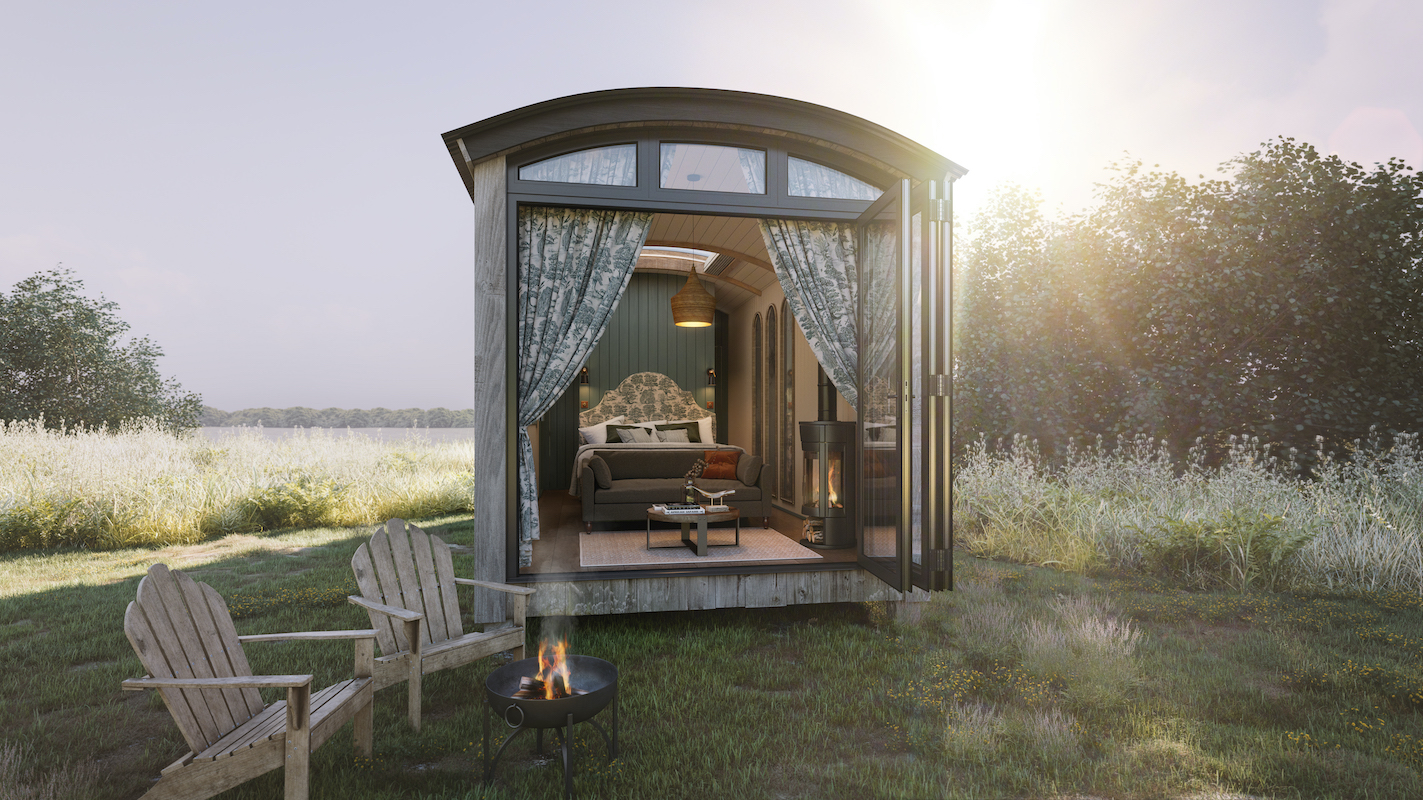
You hand-reared cheetah Saba from birth after he suffered liver problems and needed 24-hour care. How difficult was it to say goodbye to him and his brother Nairo?
It’s like sending a kid to boarding school, but worse because they never come back. We were his parents and encouraged him to be wild – the worst thing we could have done was to make this cat domestic. I hope he recognises me when we fly out to see him later this year, but who knows?
Cheetah numbers in the wild are dangerously low. How are the “English boys” adapting to their new home at Mount Camdeboo Private Game Reserve after first acclimatising at Ashia Sanctuary in the Western Cape?
The brothers are doing exceptionally well and making fantastic progress. It’s so rewarding to see them free – running and hunting under the big, cloudless skies of the main reserve. They’re entirely self-sufficient now and taking down large prey such as kudu [antelope], so they’re eating well. Our teams are discreetly monitoring them using satellite and telemetry tracking collars. Recently Nairo has been sneaking off to meet up with Ava, the female released from Ashia. They have been love chirping and grooming each other. Fingers crossed we may have some cubs on the way.
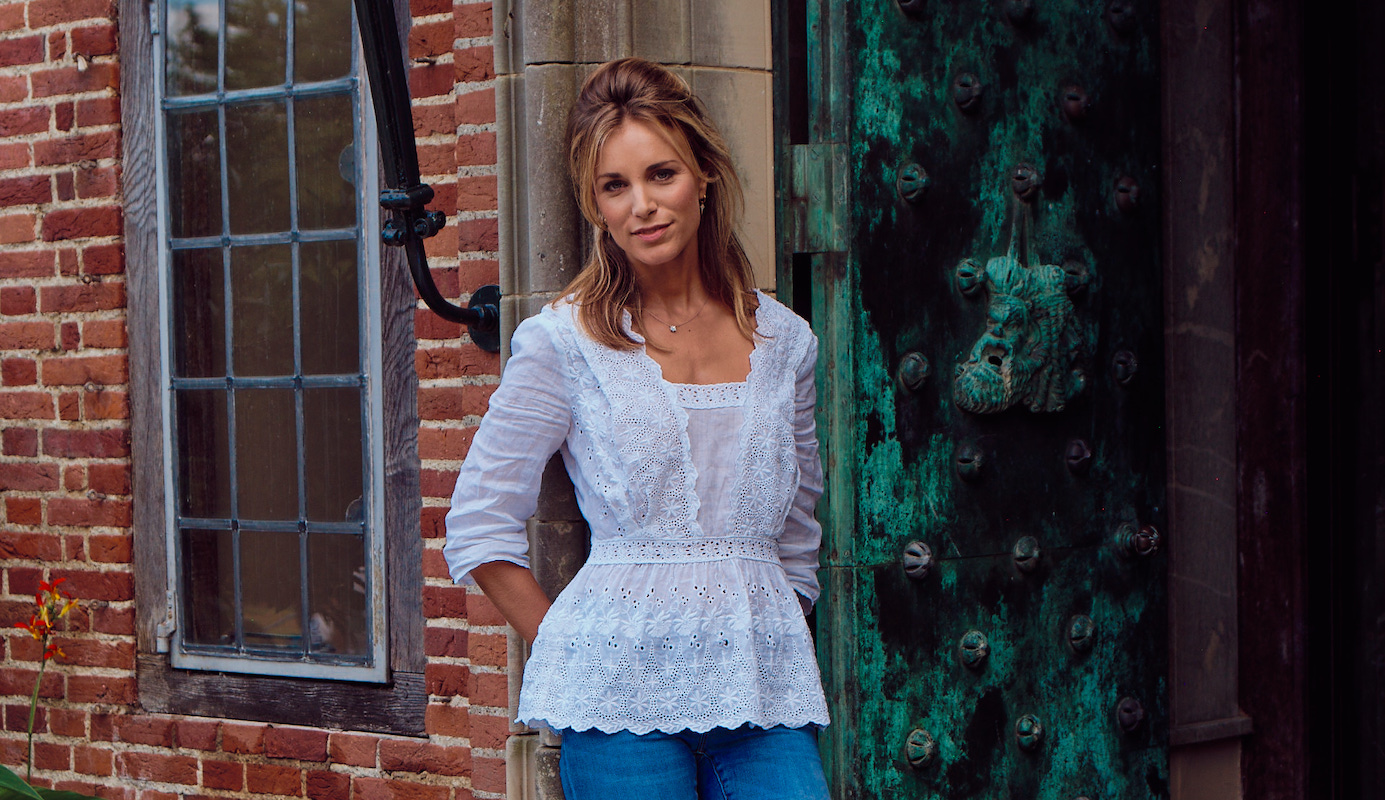
One of your rewilded Port Lympne gorillas recently became a father, too.
The birth at our gorilla reintroduction project at the Batéké Plateau National Park in Gabon was the first ever to captive-born gorillas in the wild. The father, Djongo, was born at our reserve and repatriated to Gabon in 2013. The mother, Mayombe, was born at ZooParc de Beauval in Saint-Aignan, France, and repatriated to Gabon in 2019. It was a pivotal moment for conservation history and a hugely emotional day for our team.
What does it mean to you to be able to connect with wild animals?
It’s the only time I can just sit still and totally relax and don’t feel I need to be doing something. I find them so therapeutic. Damian has always said he is closer to animals than people but I actually get it. We are both quite private people and would rather spend a Saturday or Sunday sitting with the wolves at Howletts.
As a self-taught interior designer, how would you describe your style?
British eclectic underpinned by elegant and timeless design. I put a lot of my personal taste into what I do; I design a chalet or lodge like I’m designing my own home – blending style with comfort. There is nothing less inspiring than the traditional ‘cookie cutter’ design of most hotel rooms.
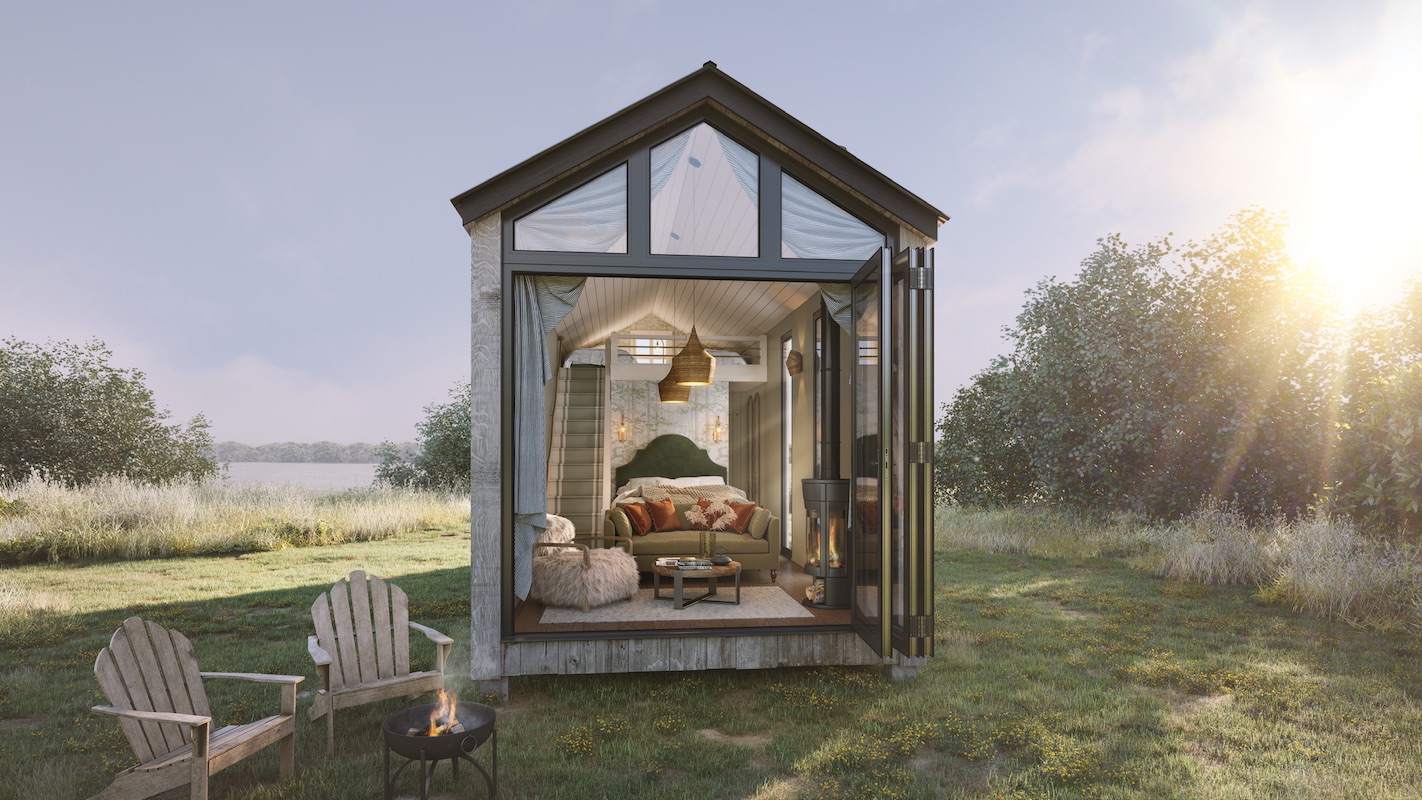
How important is sustainability to you?
I love to source local artisan products, both here and in Africa, and every piece has a story. For Giraffe Hall we will be doing a concept store where you can take home many of the design features you will find dotted across the rooms. We also have a fabulous new executive chef Lee Edney, who prepares fresh seasonal plates using locally sourced sustainable produce.
How has working with the foundation changed your life?
I have been incredibly blessed to have this opportunity – learning to make a difference in the world of conservation and playing my part with our #backtothewild release projects. It has been an absolute privilege and life changing in so many ways. Also, having the opportunity to discover I have a talent for design. Not bad for someone who always thought they were just good at numbers! Did I envisage ten years ago my life would look like this? No – but what an unexpected and truly fulfilling adventure.







